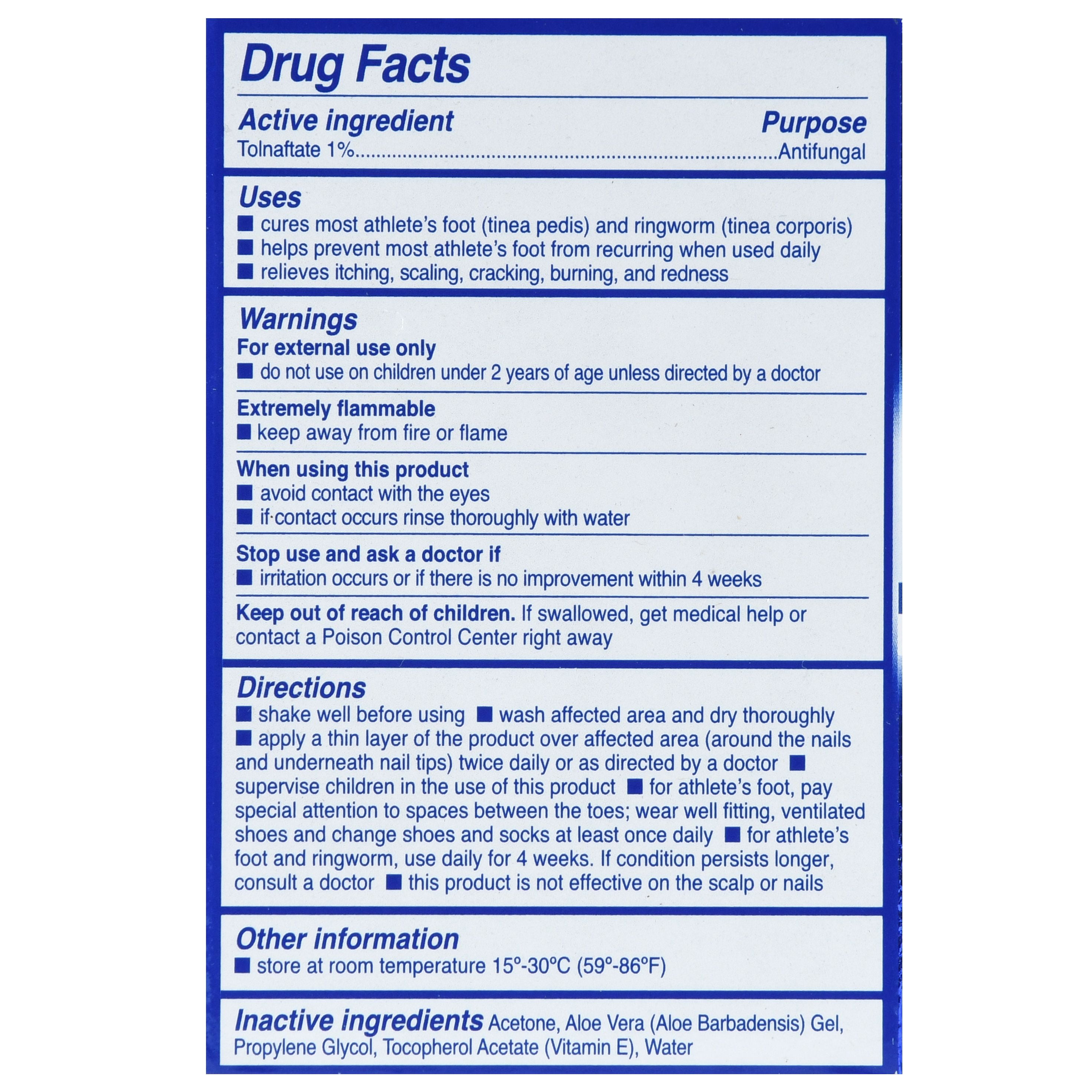
Otc Smart Card Crack
Home In the Bay Diagnostic/Repair Info Free software upgrade with any North American OTC Genisys EVO purchase June 15 to Dec. 31 Valued at $850, free upgrade guarantees most up-to-date information for technicians for consecutive years.
Contact-type smart cards may have many different layouts, such as these A smart card, chip card, or integrated circuit card ( ICC) is a physical electronic authorization device, used to control access to a resource. It is typically a plastic sized card with an embedded. Many smart cards include a pattern of metal contacts to electrically connect to the internal chip. Others are, and some are both.
Smart cards can provide,, data storage, and application processing. Applications include identification, financial, mobile phones (SIM), public transit, computer security, schools, and healthcare.
Smart cards may provide strong security authentication for (SSO) within organizations. Several nations have deployed smart cards throughout their populations. Further information: Europay MasterCard Visa (EMV)-compliant cards and equipment are widespread with the deployment led by European countries. The United States started later deploying the EMV technology in 2014, with the deployment still in progress in 2018. Typically, a country's national payment association, in coordination with International, International, and (JCB), jointly plan and implement EMV systems.
Students and educators are eligible for an individual educational license if they are enrolled or employed at a Qualified Educational Institution which has been accredited by an authorized governmental agency and has the primary purpose of teaching its enrolled students.. Qualified Educational Institutions may access free educational licenses for the purposes of learning, teaching, training, research and development that are part of the instructional functions performed by the educational institution.. Free Autodesk software and/or cloud-based services are subject to acceptance of and compliance with the or other applicable terms that accompany such software or cloud-based services.  Software and cloud-based services subject to an Educational license may be used solely for and shall not be used for commercial, professional or any other for-profit purposes.
Software and cloud-based services subject to an Educational license may be used solely for and shall not be used for commercial, professional or any other for-profit purposes.
Historically, in 1993 several international payment companies agreed to develop smart-card specifications for. The original brands were MasterCard, Visa,. The first version of the EMV system was released in 1994. In 1998 the specifications became stable. EMVCo maintains these specifications.
EMVco's purpose is to assure the various financial institutions and retailers that the specifications retain backward compatibility with the 1998 version. EMVco upgraded the specifications in 2000 and 2004. EMV compliant cards were first accepted into Malaysia in 2005 and later into United States in 2014. MasterCard was the first company that was allowed to use the technology in the United States. The United States has felt pushed to use the technology because of the increase in. The credit card information stolen from Target in late 2013 was one of the largest indicators that American credit card information is not safe.
Target made the decision on April 30, 2014 that it would try to implement the smart chip technology in order to protect itself from future credit card identity theft. Before 2014, the consensus in America was that there were enough security measures to avoid credit card theft and that the smart chip was not necessary. The cost of the smart chip technology was significant, which was why most of the corporations did not want to pay for it in the United States. The debate came when online credit theft was insecure enough for the United States to invest in the technology. The adaptation of EMV's increased significantly in 2015 when the liability shifts occurred in October by the credit card companies. Video song download mp4. Development of contactless systems [ ].

See also: Contactless smart cards do not require physical contact between a card and reader. They are becoming more popular for payment and ticketing. Typical uses include mass transit and motorway tolls. Visa and MasterCard implemented a version deployed in 2004–2006 in the U.S., with Visa's current offering called. Most contactless fare collection systems are incompatible, though the Standard card from has a considerable market share in the US and Europe.
Use of 'Contactless' smart cards in transport has also grown through the use of low cost chips and paper/card/PET rather than PVC. This has reduced media cost so it can be used for low cost tickets and short term transport passes (up to 1 year typically). The cost is typically 10% that of a PVC smartcard with larger memory. They are distributed through vending machines, ticket offices and agents.